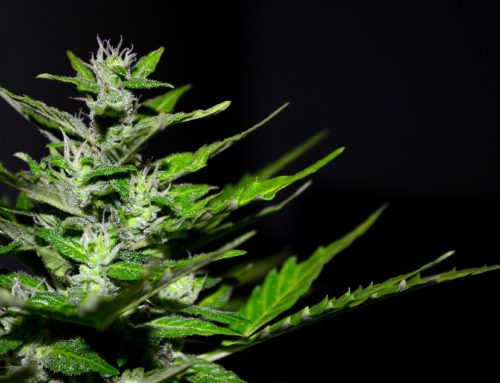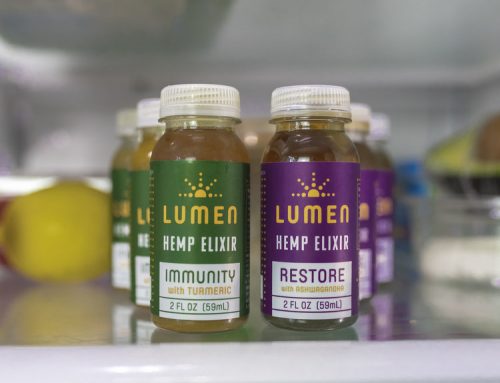Thanks to increasing interest in cannabis, we know a lot more about how cannabinoids interact with our own body’s endocannabinoid system (ECS). While we’re a long ways off from understanding exactly how cannabis works, we now have a much better idea. But one thing we also learned about, while studying the endocannabinoid system, is that it isn’t just interacting with cannabis. The human body has its own endogenous cannabinoids that interact with your ECS, one of them being a molecule called anandamide.
People call it the “bliss molecule,” because of its effects on the nervous system. It can help with anxiety, and maybe even schizophrenia. This is partly thanks to some interesting interactions it has with cannabis.
What is Anandamide?
Ralph Mechoulam, the so-called father of cannabis research, discovered anandamide in 1992. Mechoulam also was the first to discover and research the endocannabinoid system. He discovered the molecule because of the way that THC fits with the CB1 receptor. The receptors have an interesting locking mechanism that allows THC to fit into them, and Mechoulam’s team thought there must be some natural chemical that acts on the lock. They were right. The molecule’s name comes from the Sanskrit word for joy, “ananda.” This is because it can produce pleasant sensations and help block pain. Those sensations are produced by anandamide’s effects on the central and peripheral nervous system.
While the body produces the molecule naturally, it also appears elsewhere. The compound is also present in chocolate and even breast milk. Anandamide seems key to healthy child development, and also gives them that happy post-feeding glow.
What Does CBD Do To Anandamide?
CBD, as we know, does a lot for us. In this case, CBD can actually increase anandamide levels. FAAH is an enzyme that breaks down anandamide. Interestingly enough, some groups have a gene that causes them to make more FAAH, and are less happy overall. However, CBD inhibits the action of that enzyme, keeping more of the bliss molecule in your brain. This explains some of CBD’s stress-relieving properties.
Anandamide and Health
CBD’s effects on anandamide could explain a lot of its neuroprotective properties. Perhaps even why it can fight seizures. Having mixed up levels of the molecule is associated with mental health issues like schizophrenia and depression. However, stimulating production of it can also help fight those issues. It can also reduce pain. So how do you get more of that sweet, sweet endocannabinoid bliss? There are lots of ways to do it, besides just CBD—getting a “runner’s high” or eating certain foods, for example—but CBD is a surefire way to stimulate it. For more information on what CBD products to try, check out our main cannabis page.






